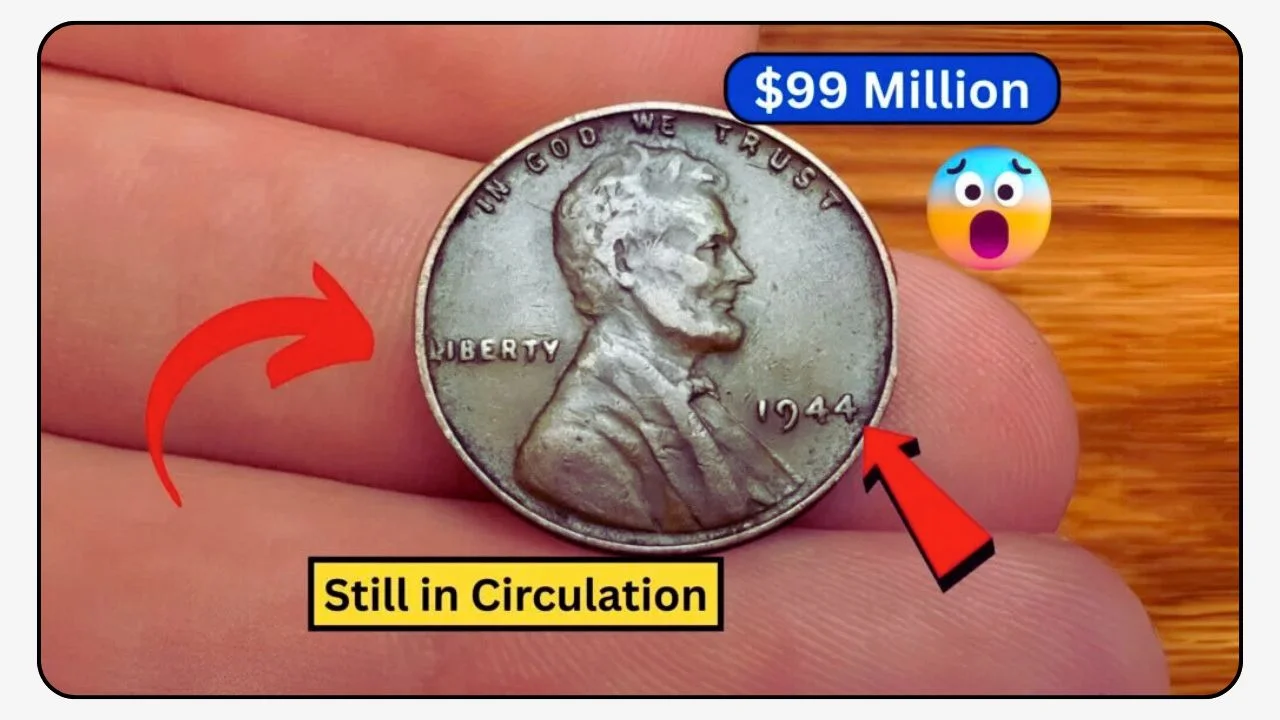Imagine finding a penny in your pocket worth millions! The Lincoln Wheat Penny, a small coin with a big history, has sparked dreams of hidden treasure for collectors. Rumors of a $99 million penny have gone viral, but is it real? Could one be hiding in your change jar? In this post, we’ll dive into the fascinating world of the Lincoln Wheat Penny, explore its history, debunk myths, and share tips for spotting valuable coins. Let’s uncover the truth behind this legendary penny!
What Is the Lincoln Wheat Penny?
The Lincoln Wheat Penny, also called the Wheat Cent, is a one-cent U.S. coin minted from 1909 to 1958. It features Abraham Lincoln’s portrait on the front (obverse) and two wheat stalks on the back (reverse), giving it its nickname. Designed by Victor David Brenner, it was the first U.S. coin to showcase a real person instead of a symbolic figure like Liberty. These pennies are a favorite among coin collectors due to their history and rare variants.
The History of the Lincoln Wheat Penny
Introduced in 1909 to honor Lincoln’s 100th birthday, the Wheat Penny marked a bold change in U.S. coinage. The early 1909-S VDB penny, with Brenner’s initials, caused a stir for being too prominent, leading to their removal and creating instant rarities. During World War II, copper shortages led to 1943 pennies being made from zinc-coated steel, but a few bronze errors slipped through, becoming legendary. By 1958, the design was replaced with the Lincoln Memorial reverse, ending the Wheat Penny era.
Why Are Some Wheat Pennies So Valuable?
Certain Lincoln Wheat Pennies fetch high prices due to rarity, condition, and minting errors. Low mintage years, like 1909-S or 1914-D, and errors, like the 1943 bronze penny, drive value. For example, a 1943 bronze penny sold for $1.7 million in 2010 due to its scarcity—only 15 to 20 exist. Condition matters too; uncirculated “red” pennies (with original copper shine) are worth more than worn ones.
| Key Date | Mintage | Value (Uncirculated) |
|---|---|---|
| 1909-S VDB | 484,000 | $10,000–$1.2M |
| 1914-D | 1,193,000 | $2,200–$420,000 |
| 1943 Bronze | ~15–20 | $400,000–$3.12M |
The $99 Million Penny Myth
Headlines claiming a “$99 million Lincoln Wheat Penny” grab attention, but experts say no penny has ever sold for this amount. The most valuable, a 1943 bronze penny, fetched $3.12 million. Claims of $99 million or $185 million are likely exaggerations or clickbait, often spread on social media. While rare pennies are valuable, such astronomical figures lack evidence. Always verify with trusted sources like PCGS or NGC.
How to Spot a Valuable Lincoln Wheat Penny
Want to hunt for treasure in your change? Here’s how to check for rare Wheat Pennies:
- Check the Date and Mint Mark: Look for key years (1909-S, 1914-D, 1931-S, 1943) and mint marks (“S” for San Francisco, “D” for Denver) under the year.
- Test for Bronze vs. Steel: For 1943 pennies, use a magnet. Steel sticks; bronze doesn’t. Bronze pennies weigh ~3.11 grams, steel ~2.7 grams.
- Look for Errors: Doubled text (e.g., 1955 Double Die) or missing mint marks (e.g., 1922 No D) add value.
- Assess Condition: Crisp details and original red color boost value.
Take suspected rarities to a coin dealer or grading service like PCGS or NGC for authentication.
Notable Lincoln Wheat Penny Records
| Coin | Sale Price | Year Sold | Notes |
|---|---|---|---|
| 1943-D Bronze | $1.7M | 2010 | Only known Denver-minted bronze penny |
| 1909-S VDB | $1.2M | Unknown | Rare due to low mintage and VDB initials |
| 1955 Double Die | $114,000 | 2018 | Dramatic doubling visible without loupe |
These sales highlight the high demand for rare Wheat Pennies.
Expert Tips for Coin Collectors
- Learn the Basics: Read “The Red Book” (A Guide Book of United States Coins) for values and tips.
- Store Properly: Use protective holders to preserve condition.
- Avoid Cleaning: Cleaning coins can lower their value.
- Join Communities: Connect with collectors at coin shows or online forums.
- Authenticate Finds: Have rare coins graded by PCGS or NGC for credibility.
Frequently Asked Questions (FAQs)
Q: Is there really a $99 million penny?
A: No, this is likely a myth or clickbait. The most valuable penny sold for $3.12 million.
Q: How can I tell if my 1943 penny is valuable?
A: Use a magnet. If it’s bronze (non-magnetic) and weighs ~3.11 grams, it could be worth thousands or more.
Q: Where can I sell rare pennies?
A: Try auction houses like Heritage Auctions, reputable coin dealers, or online platforms like eBay after authentication.
Conclusion
The Lincoln Wheat Penny is more than pocket change—it’s a piece of history with the potential for life-changing value. While a $99 million penny is a myth, rare coins like the 1943 bronze penny or 1909-S VDB can still fetch millions. Start checking your change, coin jars, or family heirlooms for these treasures. Join the coin collecting community, learn the ropes, and maybe you’ll uncover a gem. Share this post with fellow hobbyists, and let us know in the comments if you’ve found a rare penny!

